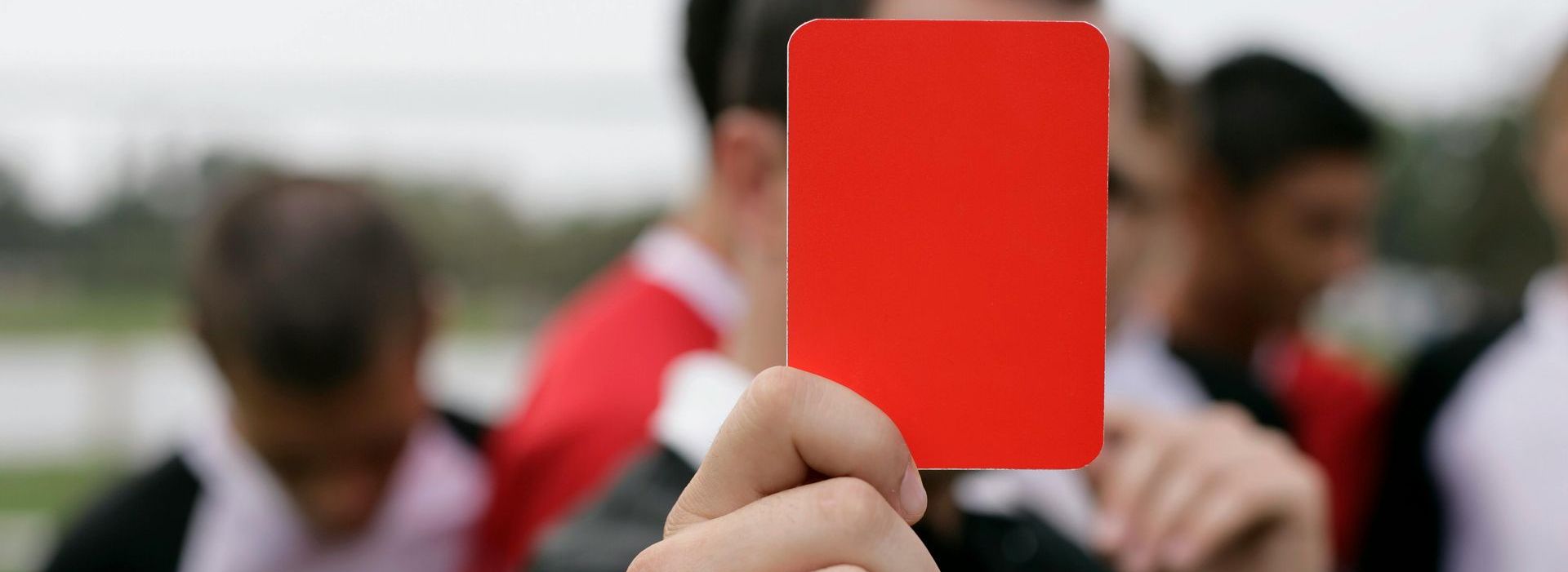Soccer Rules Explained
Understanding the Game of Soccer
Soccer, also known as football in most parts of the world, is a fast-paced game played between two teams of 11 players each. The objective is simple: score more goals than the opposing team by getting the ball into their net. However, the game has many rules that dictate how it is played. Below is a breakdown of the essential rules that every parent should know.

The Objective of the Game
The game is played over two halves of 45 minutes each (for professional matches) or shorter durations in youth leagues. The team that scores the most goals by the end of the match wins. If the score is tied, some matches allow for extra time or a penalty shootout, depending on the competition rules.
The Offside Rule
A player is in an offside position if:
• They are closer to the opponent’s goal line than both the ball and the second-last defender when the ball is passed to them.
• They are actively involved in the play (e.g., receiving a pass or interfering with an opponent).
A player is not offside if they:
• Are in their own half of the field.
• Are level with the second-last defender when the ball is played.
• Receive the ball directly from a goal kick, throw-in, or corner kick.
If a player is offside and becomes involved in the play, the referee stops the game, and the opposing team is awarded an indirect free kick.
Free Kicks
When a team commits a foul, the opposing team may be awarded a free kick. There are two types:
Direct Free Kick
• A goal can be scored directly from the free kick.
• Given for serious offenses such as dangerous tackles, handballs, or charging an opponent.
Indirect Free Kick
• A goal cannot be scored directly; the ball must touch another player before entering the goal.
• Given for infractions like dangerous play, offside violations, or a goalkeeper holding the ball for more than six seconds.
The Penalty Kick
A penalty kick is awarded when a foul occurs inside the penalty box (the 18-yard area).
• The ball is placed on the penalty spot, 12 yards from the goal.
• Only the goalkeeper and the penalty taker are allowed in the area.
• The goalkeeper must remain on the goal line until the ball is kicked.
If the ball enters the goal, it counts as a goal. If saved or missed, play continues.
Yellow and Red Cards
Referees use cards to enforce discipline:
Yellow Card (Caution)
A player receives a yellow card for:
• Unsporting behavior (e.g., diving, excessive arguing).
• Persistent fouling.
• Delaying the restart of play.
• Entering or leaving the field without permission.
Red Card (Sending Off)
A player receives a red card for:
• Serious foul play or violent conduct.
• Denying an obvious goal-scoring opportunity by handling the ball or committing a foul.
• Using offensive language or gestures.
• Receiving a second yellow card in the same game.
A red card means the player is sent off, and the team must play with one fewer player.
Corner Kicks and Goal Kicks
Corner Kick
Awarded when the ball crosses the goal line (but not into the goal) after being last touched by the defending team.
• The attacking team takes the kick from the corner nearest where the ball went out.
• The ball must be placed inside the corner arc.
Goal Kick
Awarded when the attacking team kicks the ball over the goal line without scoring.
• The defending team takes the kick from inside the goal area.
• Opponents must remain outside the penalty area until the ball is in play.
Throw-Ins
A throw-in is awarded when the ball fully crosses the sideline.
• The team that did not touch the ball last gets the throw-in.
• The player must use both hands and keep both feet on the ground while throwing.
A goal cannot be scored directly from a throw-in.
The Goalkeeper’s Rules
• The goalkeeper can use their hands only inside the penalty area.
• They cannot pick up the ball if it was deliberately passed to them by a teammate’s foot.
• They must release the ball within six seconds after catching it.
Additional Rules
Advantage Rule
• If a team is fouled but still has an opportunity to advance and attack, the referee may let play continue instead of stopping for a free kick.
Handball Rule
• A handball is called when a player deliberately touches the ball with their hand or arm.
• Accidental handballs are not always penalized unless they lead to a goal or goal-scoring opportunity.
Substitutions
• The number of substitutions allowed varies by league.
• Players must leave the field at the nearest boundary when substituted.
Understanding these basic soccer rules can help parents enjoy the game more and support their child’s development.
While soccer has many detailed rules, these key points cover the essentials of the game.
Set off on your next remarkable soccer adventure.



